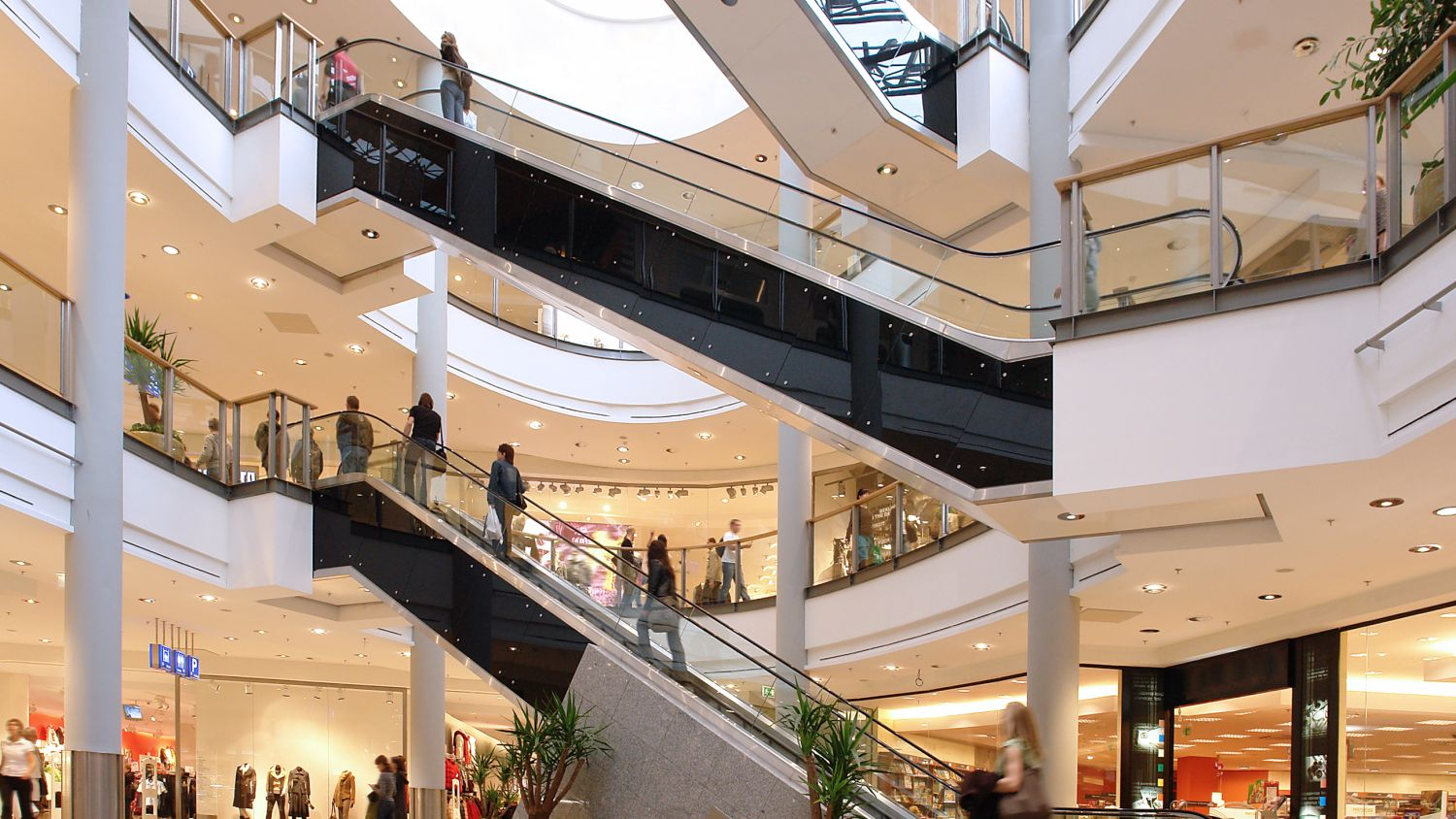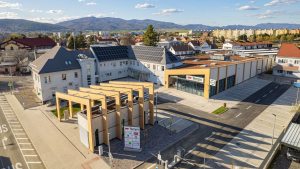
Will the non-functioning office buildings and shopping centers be taken over by residential buildings? Arguments for and against this measure are listed by Piotr Łopusiński, Associate Director, Investment at Avison Young Poland.
The Polish government is preparing a bill to significantly simplify the conversion of office buildings and shopping centres of more than 2000 sqm into residential buildings. Thanks to the new regulations of the Ministry of Economic Development and Technology, changing the function of such properties might be possible without a building permit and submission of a construction design, even if the conversion requires a reconstruction of the facade, without interfering with its structure. However, the bill processed in extraordinary proceedings is to be a temporary solution, valid only for two years. Therefore, developers that want to be a part of such investments must hurry.
However, Avison Young experts are wondering whether these faster procedures will encourage investors to implement such projects. Can a law that is in force only for a short period of time have a real effect on the market? In times of high-interest rates and low credit ratings, is the demand so high it requires the introduction of special, temporary bills freeing up new land for housing?
Undoubtedly, it is much easier to design and carry out investments on undeveloped plots, than to change the function of the existing buildings on the lot. Developers deem the solution interesting while noticing its limitations.
Cost is crucial
According to real estate development companies, the mere transformation of office and commercial buildings into residential buildings generates difficulties. Such conversion requires substantial interference with the structure of the facility, installations, etc. There is usually much fewer plumbing risers, while floor layouts are normally much different in office buildings and shopping centres. As a result, not every commercial building can be easily transformed into a residential building. Sometimes it is impossible because certain space does not provide access to natural light. Even if it were technically possible, adapting shopping centres to residential functions may prove too costly to make economic sense. Moreover, it is demanding, due to its specific layout and a small number of windows.
Office space with its unusual height, equipped with air conditioning and air exchange system, gives a better opportunity to arrange attractive residential premises. Western markets, such as Paris, have had many successful transformations of such type. Former office buildings can offer additional appeal in the form of elegant lobbies, leisure zones and additional amenities in the common areas. However, they lack balconies and have different parking ratios than the ones required for apartments.
Valuable environment
Avison Young points out that the environmental benefits are certainly a factor in real estate redevelopment. Investments based on the use of existing facilities for other purposes are in line with the general trend of environmental protection. They are reducing the demand for cement, the production of which is responsible for 5 per cent of the global carbon dioxide emissions.
However, residential real estate developers point out, that the housing offer is interesting if the premises meet the most important current expectations of the buyers, such as attractive location, good access to infrastructure, optimal finishing standard, functional layout with additional space in the form of balconies, terraces or gardens. Otherwise, the price of the "final product" in the reconstructed buildings would have to beat the classic residential offer.
A new path to investing
According to developers, the greatest investment opportunities are provided by large areas occupied by older one-storey supermarkets, enabling effective development of mixed-use residential complexes with multi-storey buildings providing residents with various amenities. Avison Young experts estimate that the possibility of implementing such projects sparks the most interest among the investors, but in this case, it is difficult to talk about transformation. The function is changed into a residential one by demolishing the facility and implementing a new investment from scratch.
The legislator took into account the needs of investors in the final stage of work on the bill. Ultimately, the new regulations on conversions will also include changes to the housing act. It is to facilitate the conversion of undeveloped space intended for large-scale commercial facilities to housing construction, without the need of changing spatial development plans.
Opening this possibility seems to be the most tempting for investors who have long had difficulties obtaining investment land in the largest cities. In a situation of a small supply of attractive greenfield plots, this solution may prove to be the most suitable and have the greatest impact on the market.
However, Avison Young points out that the banks' approach to such investments may raise concerns. It is likely that they will take a sceptical stance towards them and will be reluctant to finance projects without building permits.
In the case of the already very complicated and unclear spatial planning system in Poland, one should consider whether the introduction of further temporary regulations is a good direction. Perhaps better facilitation for the residential market would be simply putting the regulations in order and introducing much simpler, uniform and clear procedures.
An excellent example of the negative impact of hasty temporary regulations is the covid act, which was abused by many investors and allowed for the construction of residential buildings in wildlife sanctuaries and seaside resorts.



